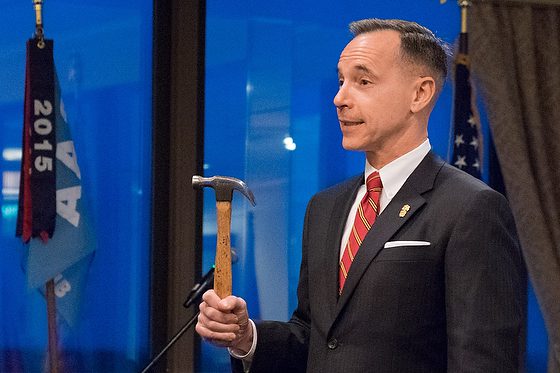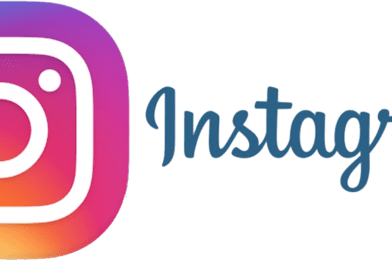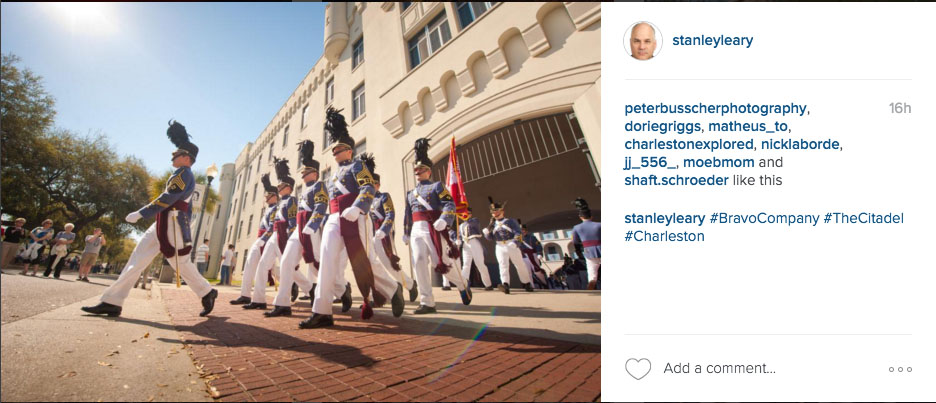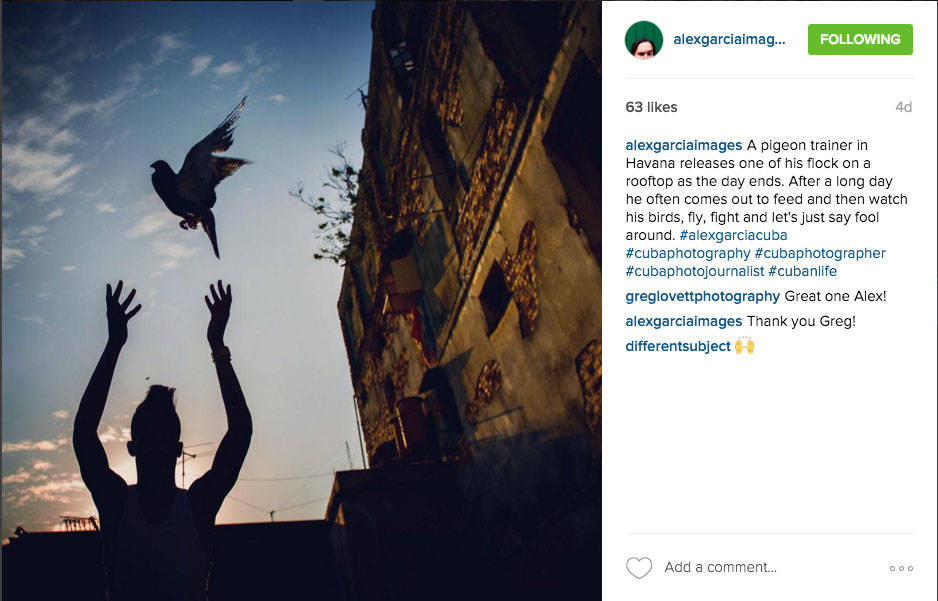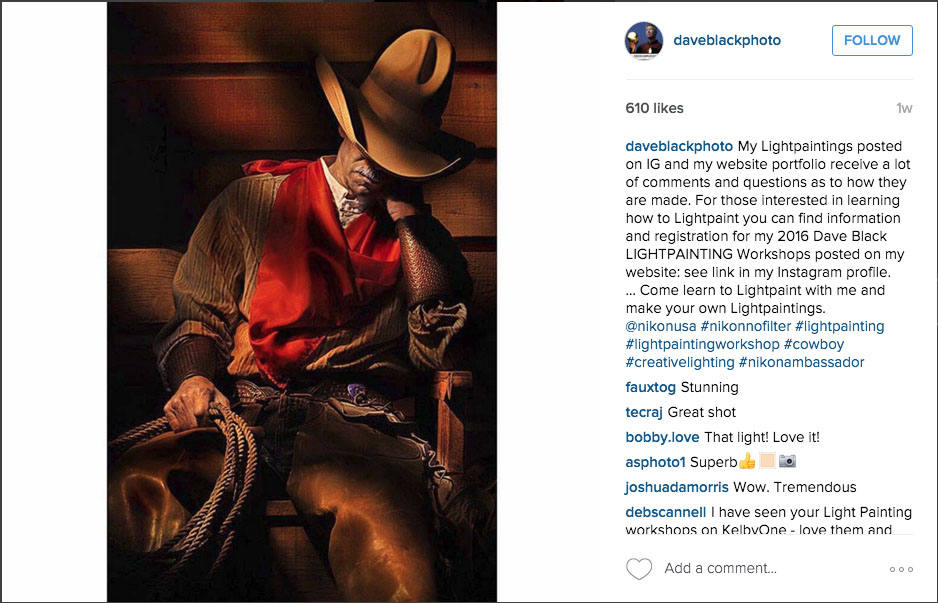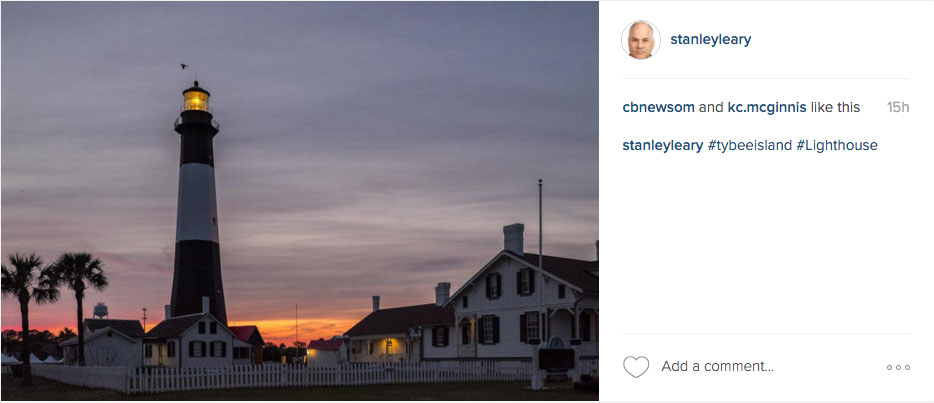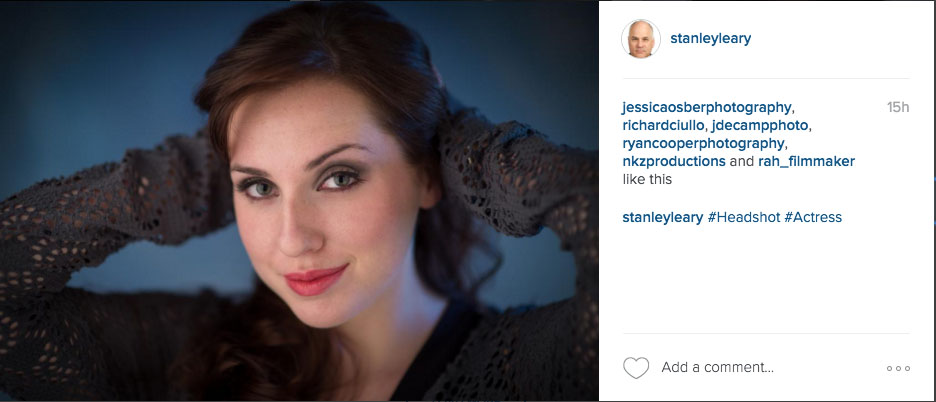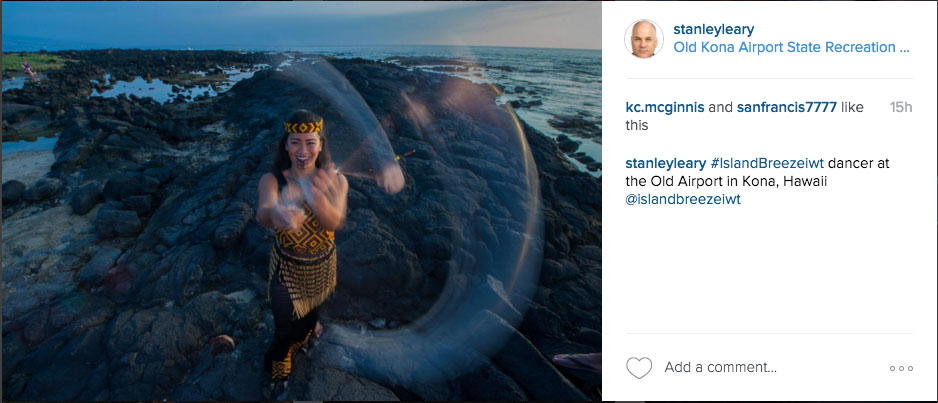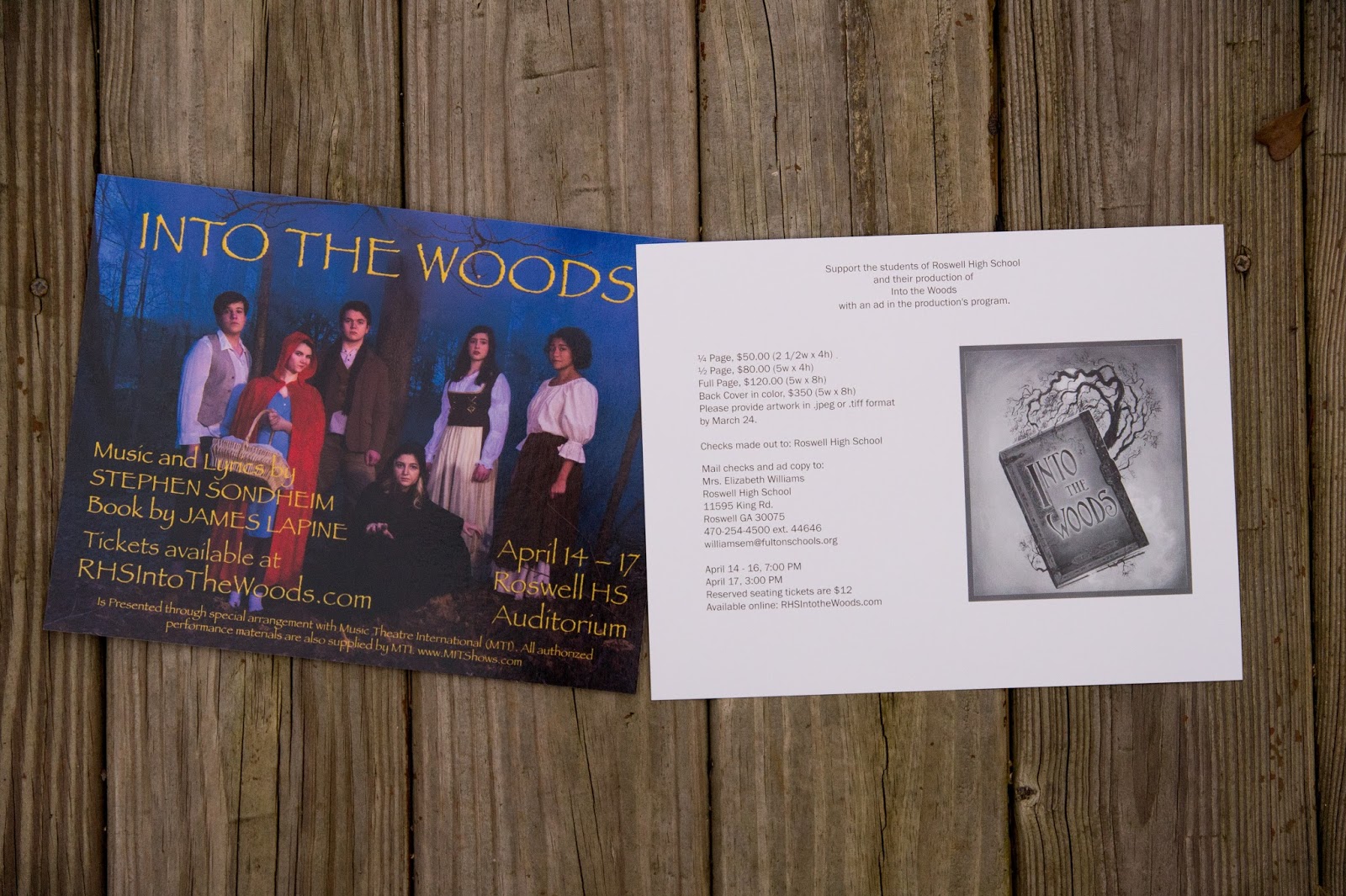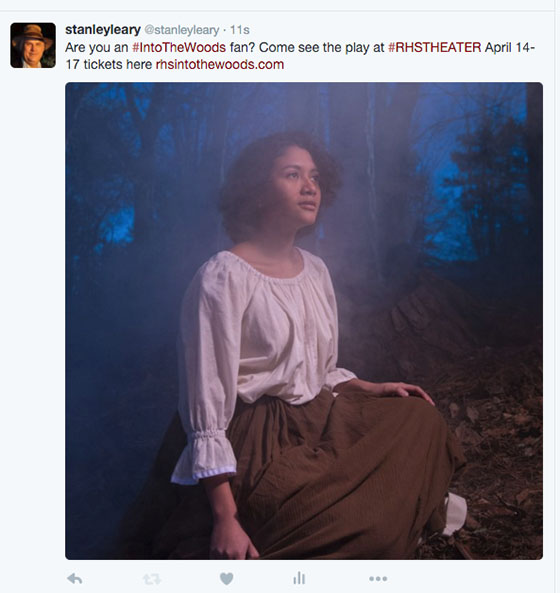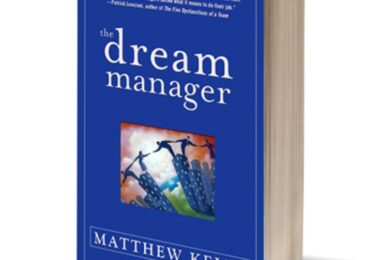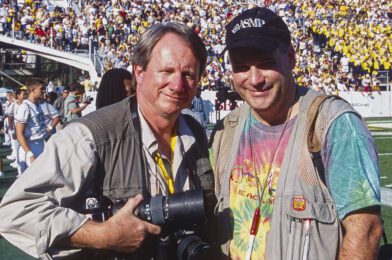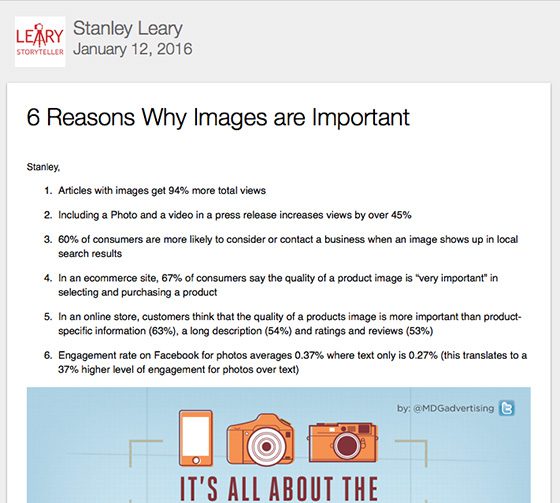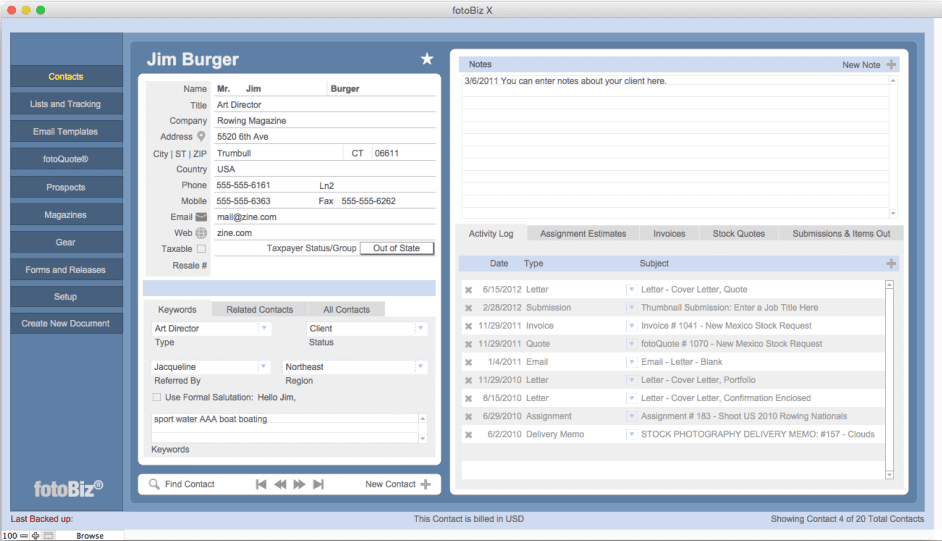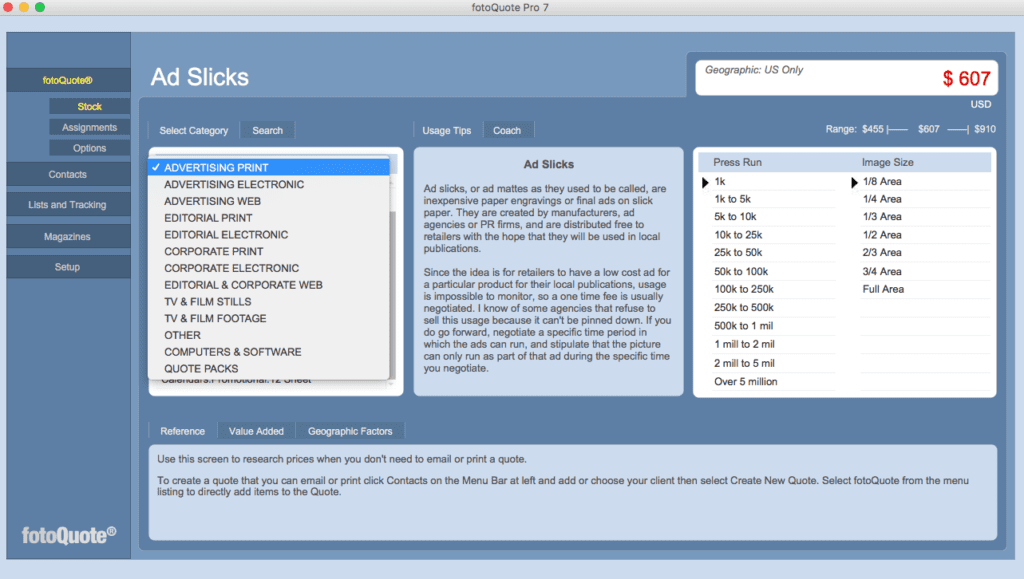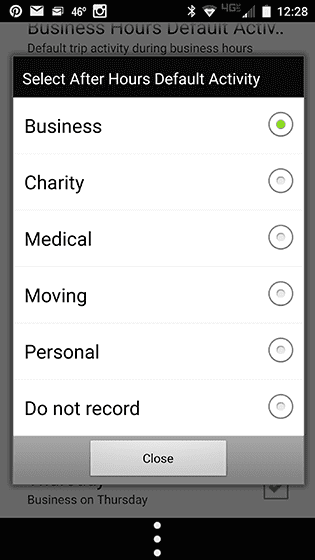| Fujifilm X-E2, FUJINON XF 18-55mm, ISO 6400, ƒ/4, 1/60 |
Col. Tom Clark, director for Citadel’s Krause Center for Leadership and Ethics, spoke last night to the Atlanta Citadel Club. Clark brought his leadership tool bag, and the first thing he pulled out of the bag was a hammer.
When he was a cadet at the Citadel, this was the tool used by the leadership at that time. But, of course, the downside of this being your only tool is applying a hammer to every situation doesn’t get the results you need.
“Ever tried hammering a screw?” was a question he asked us.
 |
| Fujifilm X-E2, FUJINON XF 18-55mm, ISO 6400, ƒ/4, 1/60 |
Then he pulled out a screwdriver with many different tips that I could switch out.
This tool reminds us that we must look at the head of the screw and figure out which of the tips: Flat Head, Philips, Square, or something else is needed to fit the head of the screw.
 |
| Nikon D3s, AF-S NIKKOR 28-300mm f/3.5-5.6G ED VR, ISO 900, ƒ/5.6, 1/80 |
Dan Cathy, president of Chick-fil-A, also has a leadership tool bag he uses when talking to people about leadership. Dan Cathy has a slinky as one of his tools. Dan says:
Just as one end of the Slinky has to be the first to descend a staircase in order to put the whole thing in motion, leaders must be the first to move forward in any endeavor in order to put the rest of the team in unified motion. Just as the Slinky won’t work without one part of it “leading the charge”, any team endeavor we desire to complete—whether as a family, a group of friends, or an entire organization—will not happen unless a leader takes the first step. Let’s remember this the next time we’re on the precipice of a new endeavor, and let’s be leaders who get the whole thing moving.
 |
| Nikon D750, AF-S NIKKOR 28-300mm f/3.5-5.6G ED VR, ISO 7200, ƒ/5.6, 1/500 |
Col. Tom Clark and Dan Cathy are leaders who teach leadership to people. They realize that these tool bags filled with examples are those “visual” reminders that help people grasp the concepts of good leadership and remind them to put those into practice.
 |
| Fujifilm X-E2, FUJINON XF 18-55mm, ISO 1250, ƒ/4, 1/250 |
Compass as Ethics Tool
A compass is a relatively simple instrument based on a simple concept. Its northward-facing needle is a consistent and accurate indicator of physical direction. By placing “moral” in front of the compass, we evoke a clear picture of mental processes that point a person in a particular order in life. These processes are consistent and accurate indicators upon which personal belief and action can be based.
Psalm 139:23-24
Search me, O God, and know my heart; Try me and know my anxious thoughts; And see if there be any hurtful way in me, And lead me in the everlasting way.
No system of morality is accepted as universal. Many people use their faith as the set of doctrines that will be their true north for their morality compass.
Leadership? But it is just me.
You may have passed over all those leadership books because you are an independent photographer. You don’t even use assistants, so how could this help me?
Glenn Gutek wrote, “Great Leadership Starts With Leading an Organization of One.” These are some great tips. However, there are two that I think many photographers would benefit from using that I want to highlight:
- Control Time–You should be focusing on your top priorities for that moment. When you get up and start your day, the first things you do for your business should be the highest priority. When you finish your day and go home, you should focus your preferences on your family and what is most important. Knowing how to get the most out of your time during the day is an excellent leadership skill.
- Temper Emotions–I struggle with it the most. The reason it is such a struggle is that I am so passionate about my work. You have to be to get emotionally impactful images.
 |
| Fuji X-E2, FUJINON XF 55-200mm, ISO 200, ƒ/7.1, 1/750 |
You are playing Chess, not Checkers.
James 1:5
But if any of you lacks wisdom, let him ask of God, who gives to all generously and without reproach, and it will be given to him.

